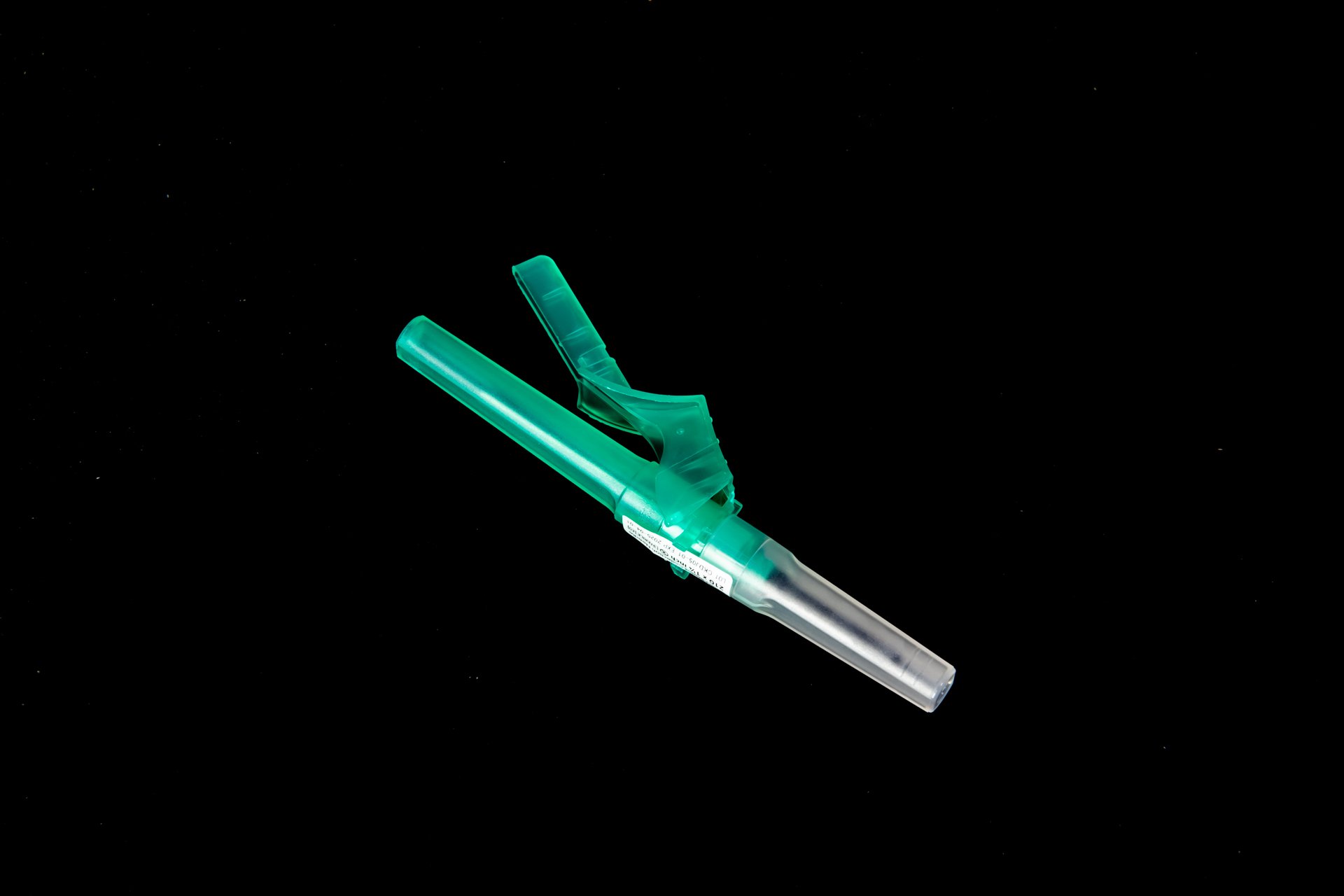Techniques To Distract From Needle Pain
Do you dread getting shots because of the pain from the needle? You're not alone. Many people have a fear of needles and the discomfort they can cause. However, there are techniques you can use to distract yourself from the needle pain and make the experience more bearable. In this article, we'll explore some effective strategies for managing needle pain.
Deep Breathing
One simple technique for distracting yourself from needle pain is to focus on your breathing. Before the shot, take slow, deep breaths in and out. This can help calm your nerves and reduce feelings of anxiety. During the injection, continue to focus on your breath, taking deep breaths in through your nose and out through your mouth. This can help shift your attention away from the needle and minimize the sensation of pain.
Visualization
Visualization is another powerful technique for managing needle pain. Before the shot, close your eyes and imagine yourself in a peaceful, relaxing environment. Picture yourself in a place that brings you comfort and joy, such as a beach or a quiet forest. Focus on the details of this mental image, including the sights, sounds, and scents. By immersing yourself in this visualization, you can distract your mind from the needle pain and create a sense of relaxation.
Distraction Techniques
There are several distraction techniques you can use during a shot to take your mind off the pain. Some effective strategies include:
Listening to music or a podcast
Counting backwards from 100
Topical Anesthetics
If you have a low pain tolerance or are particularly anxious about needle pain, consider using a topical anesthetic before the injection. Topical anesthetics are creams or gels that numb the skin, making the injection less painful. You can apply the anesthetic to the injection site 30-60 minutes before the shot to ensure it has time to take effect. Talk to your healthcare provider about using a topical anesthetic and follow their instructions for proper application.
Physical Distractions
In addition to mental distractions, physical distractions can also help reduce needle pain. Try squeezing a stress ball or holding onto a small object, such as a keychain or a piece of jewelry, during the injection. The sensation of pressure or touch can help override the feeling of pain from the needle. Some people also find relief from tapping their fingers or wiggling their toes while getting a shot.
Positive Affirmations
Positive affirmations can be a powerful tool for managing needle pain and reducing anxiety. Before the shot, repeat positive statements to yourself, such as "I am strong and resilient" or "I can handle this." Remind yourself that the pain from the needle is temporary and that you are capable of getting through it. By focusing on positive affirmations, you can cultivate a sense of inner strength and resilience that can help you cope with the discomfort of the injection.
Post-Injection Care
After the shot, it's important to take care of yourself both physically and emotionally. Here are some tips for post-injection care:
Stay Hydrated
Drink plenty of water after the injection to help flush out any toxins from your body and keep yourself hydrated.
Apply Ice
If you experience swelling or soreness at the injection site, apply ice wrapped in a cloth for 10-15 minutes to reduce inflammation.
Rest and Relax
Give yourself permission to rest and relax after the injection. Take it easy for the rest of the day and engage in activities that bring you comfort and joy.
Seek Support
If you're feeling anxious or overwhelmed after the injection, reach out to a friend or loved one for emotional support. Talking about your feelings can help relieve stress and anxiety.
Conclusion
Needle pain can be a challenging experience, but with the right techniques, you can manage and distract yourself from the discomfort. Deep breathing, visualization, distraction techniques, topical anesthetics, physical distractions, and positive affirmations are all effective strategies for minimizing needle pain. Remember to take care of yourself after the injection by staying hydrated, applying ice, resting, and seeking support. By implementing these techniques, you can make the experience of getting a shot more manageable and less stressful.
Disclaimer: The content provided on this blog is for informational purposes only, reflecting the personal opinions and insights of the author(s) on phlebotomy practices and healthcare. The information provided should not be used for diagnosing or treating a health problem or disease, and those seeking personal medical advice should consult with a licensed physician. Always seek the advice of your doctor or other qualified health provider regarding a medical condition. Never disregard professional medical advice or delay in seeking it because of something you have read on this website. If you think you may have a medical emergency, call 911 or go to the nearest emergency room immediately. No physician-patient relationship is created by this web site or its use. No contributors to this web site make any representations, express or implied, with respect to the information provided herein or to its use. While we strive to share accurate and up-to-date information, we cannot guarantee the completeness, reliability, or accuracy of the content. The blog may also include links to external websites and resources for the convenience of our readers. Please note that linking to other sites does not imply endorsement of their content, practices, or services by us. Readers should use their discretion and judgment while exploring any external links and resources mentioned on this blog.



